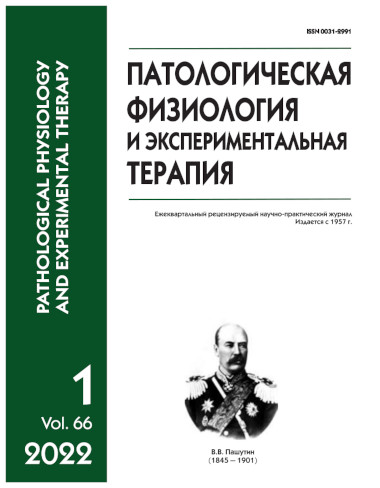D-Glucosamine induces various forms of cancer cell death
Abstract
D-glucosamine is a natural amino sugar that is used in medical practice due to its anti-inflammatory, antioxidant, anti-aging, antifibrotic, neuroprotective and cardioprotective properties. The aim of this work was to evaluate the effects of D-glucosamine on proliferation, apoptosis, and autophagy in PC12 rat neurocytes during starvation and under normal conditions. Methods. The study was performed on PC 12 cells, which represent rat pheochromocytoma. These PC12 cells have the physiological and biochemical characteristics of neurons. They are able to produce catecholamines, and they are widely used in Alzheimer’s and Parkinson’s disease research. Starvation conditions were achieved by reducing the concentration of glucose (carbohydrate starvation) and/or serum (amino acid starvation). Cell division activity and cell death were assessed by flow cytometry and by morphological analysis of the composition and size of cell populations using acridine orange and monodansylcadaverine staining. The size of vesicles formed due to autophagy was assessed using laser correlation spectroscopy. Results. Cultivation of PC12 cells under the starvation conditions triggered the mechanism of apoptotic death, whereas D-glucosamine at 1 mM had a protective effect and reduced the cell population to <2c. The addition of glucosamine at 5 and 10 mM reduced both cell survival and the number of colonies. Intravital staining of cells with acridine orange did not detect fragmentation of nuclear material, whereas staining of cells with monodansylcadaverine detected autophagic vacuoles. Microvesicles resulting from budding of the plasma membrane formed two fractions of particles with average sizes of 200 and 1000 nm. Conclusion. The cytotoxic effect of D-glucosamine on PC12 cells is caused by the induction of autophagy, probably through the inhibition of m-TOR phosphorylation, which allows us to consider D-glucosamine as a possible competitor of rapamycin. D-glucosamine is safe even for long-term use in humans, including patients with impaired glucose tolerance or diabetes.






